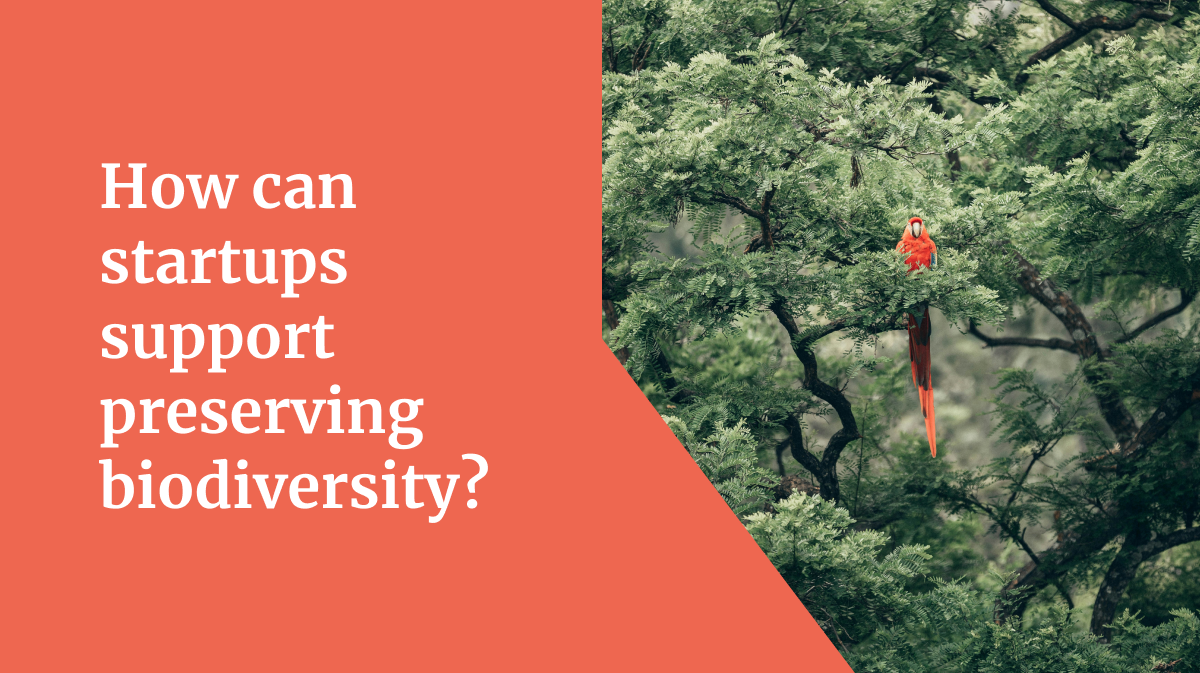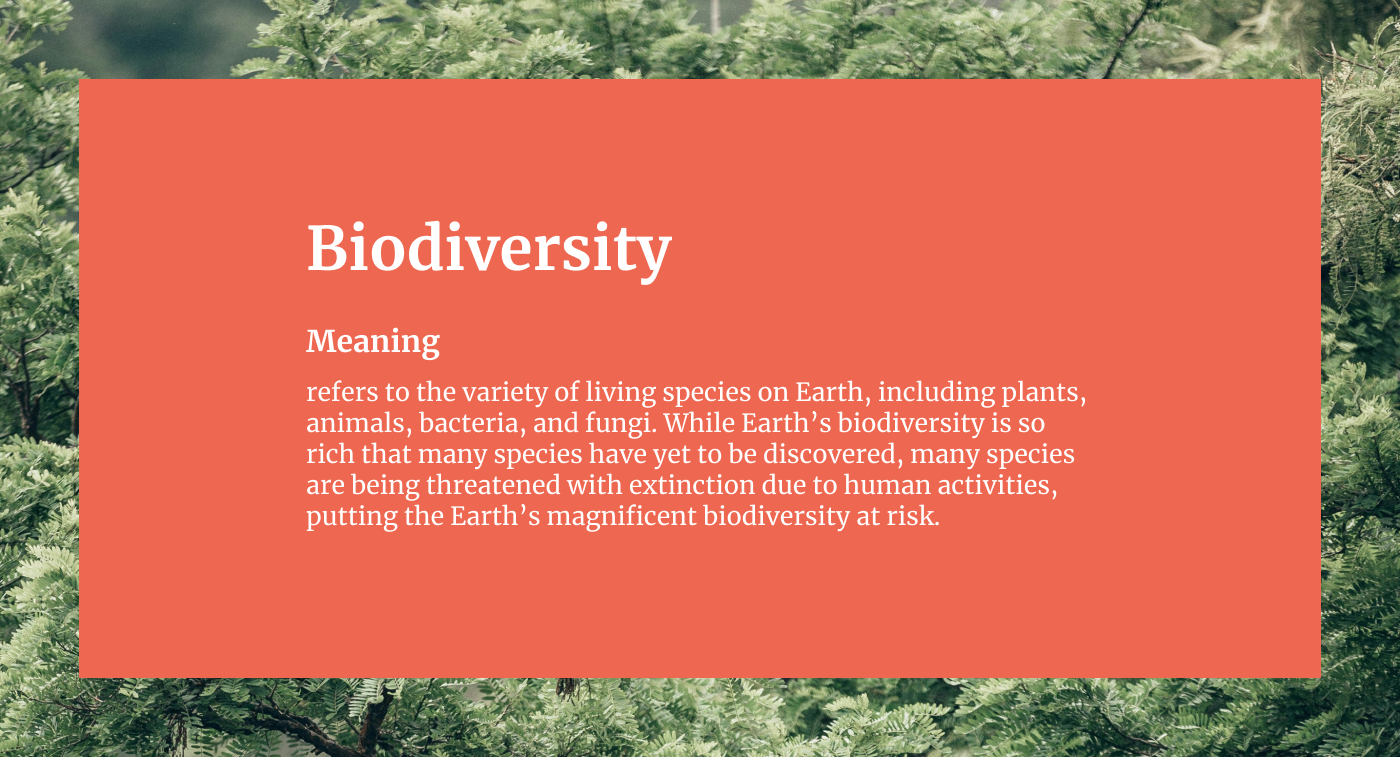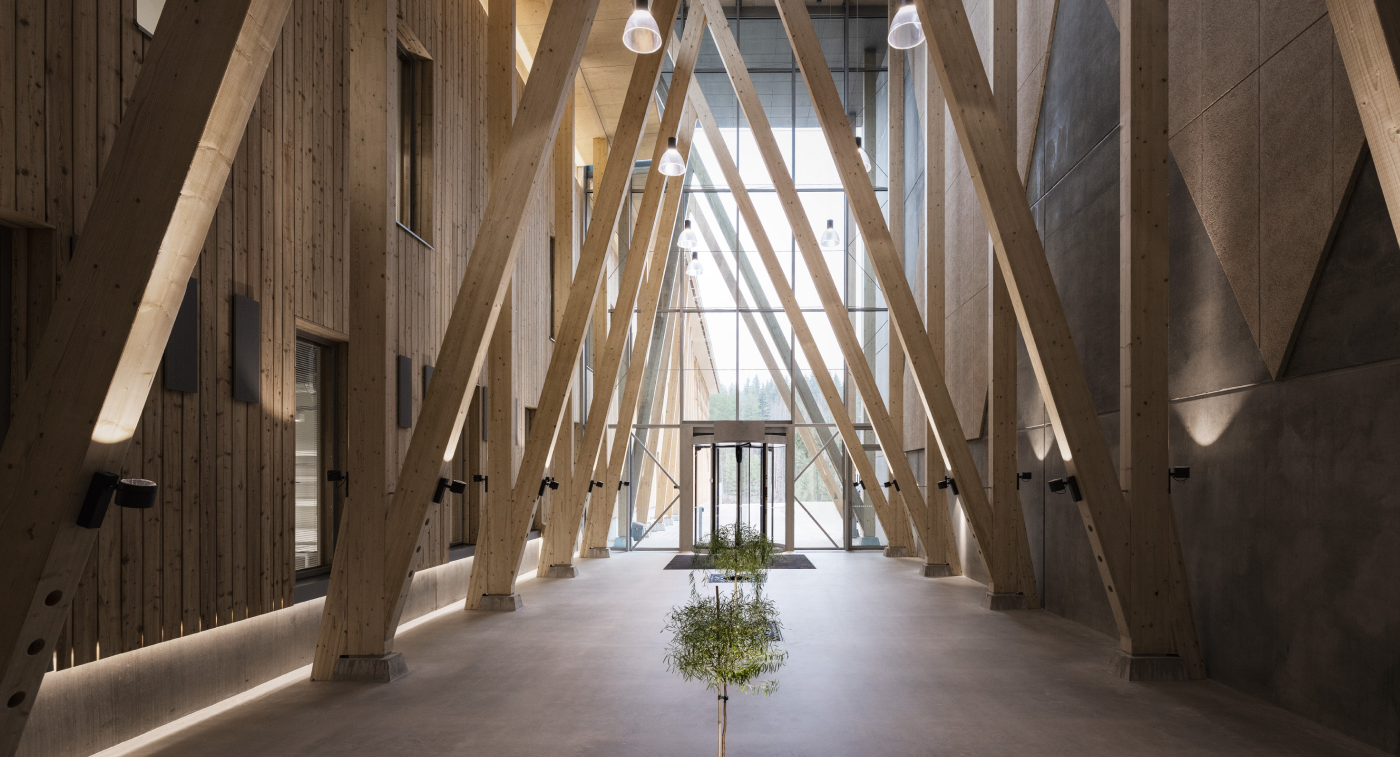Maria 01, Building 5, entrance B
Lapinlahdenkatu 16, 00180 Helsinki
Making history? lets@maki.vc
Press inquiries: press@maki.vc
Blog | Jan 23

While CO2 emissions and carbon markets have captured much of the tech sphere’s attention in recent years, rightly so, there is a new development area gaining more awareness: preserving biodiversity, the variety of life on Earth.
Although not all biodiversity is heading for decay, some species are especially in danger - vertebrates including birds, mammals, amphibians, fish and reptiles have experienced a loss of about 69% between 1970 - 2022, mainly caused by human action. However, we have yet to completely understand how this depletion may change the very delicate ways the climate regulates itself, but the changes are unlikely to be positive.

Over half of the world’s GDP is dependent on nature and its services – and that is not counting the inherent value of protecting the many species and preserving nature which, among others, are linked to preventing disease outbreaks, increasing food security, and fighting against natural disasters like forest fires or floods. Biosphere integrity (biodiversity loss and extinctions) is one of the planetary boundaries that are at high risk – and actions need to be taken now.
As Lena Thiede from the climate-focused VC fund Planet A puts it: “Nature Tech has the potential to actually help create a massive positive impact for biodiversity protection.”
According to Thiede, areas like Data Collection Technologies (remote sensing, drones, and AI-driven analysis), Citizen Science Platforms (engaging the public in conservation efforts), Big Data Analytics (integrating diverse datasets), Geo-mapping and Geospatial Analysis (to prioritize conservation areas and plan interventions effectively) and Enforcement tech (through smart surveillance systems e.g. in nature reserves) will play an important role, attracting more investments going forward as they address real pain points of corporate, private and public customers.
Even though protecting biodiversity and tackling climate change go hand-in-hand, actions to fight against climate change do not always increase biodiversity. “The level of interconnectedness between the climate change and biodiversity crises is high and should not be underestimated. This is not just about climate change impacting biodiversity; it is also about the loss of biodiversity deepening the climate crisis” Dr Nathalie Pettorelli, who led a study on the subject published in the Journal of Applied Ecology, explains. This is why it is necessary to understand and explore dedicated means to promote biodiversity, too. In addition to climate change, according to the IPBES, biodiversity loss has other big drivers such as land use change, direct exploitation of natural resources, and pollution.
From the investing perspective, we are looking into areas such as alternative materials, data and nature-based solutions. We believe private funding can play a significant role in accelerating the solutions to monitor and foster biodiversity, taking new sustainable materials to market, and funneling money to nature-based solutions to make a difference. All leading to the ‘everything, everywhere, all at once’ approach biodiversity needs right now.
Next, we’ll outline three opportunities in tech that could foster biodiversity:
 Spinnova factory in Jyväskylä, Finland ©Spinnova
Spinnova factory in Jyväskylä, Finland ©Spinnova
Measuring biodiversity is not simple: it used to be done by manually counting species in an area which today can be done using, for example, sensors, DNA, sound, satellite data, and more. The key with the Measurement, Reporting, and Verification (MRV) is creating trust in the measurements used – there are currently no standard measurements adopted, unlike the CO2 equivalent for carbon, since biodiversity is more complex and still maturing as an area. Thus, companies working on measurement and data are focusing on building tools that can create a comprehensive picture of biodiversity across a specific area.
Example companies:
Global governing bodies, having also noticed the issue, have come up with new regulations to protect biodiversity. There is a critical need for governments and global initiatives to incentivize investment in this space and drive the private sector to act too. For example, in the EU this is already happening with the likes of the EU Biodiversity Strategy for 2030, and the Corporate Sustainability Reporting Directive enforcing big companies to report on biodiversity among other sustainability-related data already from 2023.
Substituting materials that burden nature the most with better alternatives contribute to enhancing biodiversity – like, for instance, replacing leather, textiles or dyes with bio-based options, or upcycling the byproducts of manufacturing processes. There are companies who contribute to slowing down biodiversity loss by using less resources and replacing fossil fuel-based materials. However, even though some solutions drive CO2 reduction, they may conversely decrease biodiversity - e.g. using soy in food production which drives deforestation.
Example companies:
As the Stockholm Resilience Center states, the focus should be on reducing material consumption which would relieve some pressure from the natural ecosystems, thus slowing down the rate of biodiversity loss in the process.
 Everdye offers a solution lowering the carbon emissions, the energy consumption and eradicating toxic chemicals from the dyeing process. ©Ever Dye
Everdye offers a solution lowering the carbon emissions, the energy consumption and eradicating toxic chemicals from the dyeing process. ©Ever Dye
There are also initiatives to protect, restore or sustainably manage the forests and coral reefs, and other natural ecosystems. These initiatives are often multifaceted – channeling funding to the aforementioned areas to drive these projects, while also helping the stakeholders, like corporations, to reduce their carbon footprint, reach their climate goals, and deliver impact.
Example companies
But there’s a catch – it is hard to put a price on the ecosystem services essential for living on this planet including water, air, food, climate regulation, fertile soil, and natural defenses against natural disasters, thus, there are issues with monetization. Many MRV platforms take the regulatory route to monetization, but this leaves a lot unnoticed – mainly, the inherent value in investing to preserve nature. This has to do with the governance of common goods, just like climate change - no one “owns” the climate or the global biodiversity. Preserving biodiversity globally has benefits for all, but who should pay for it? On the other hand, who should benefit from the flourishing biodiversity and the monetary value it can provide in the form of new drugs, enhanced food security, and more?
Regardless of the complexities, we believe biodiversity is an area that needs our focus and more so our actions right now. Huge thank you to all the founders and investors for the knowledge sharing about the space, especially Lena Thiede from Planet A.
Have thoughts brewing on Nature Tech? Share them with us at lets@maki.vc – we're all ears!